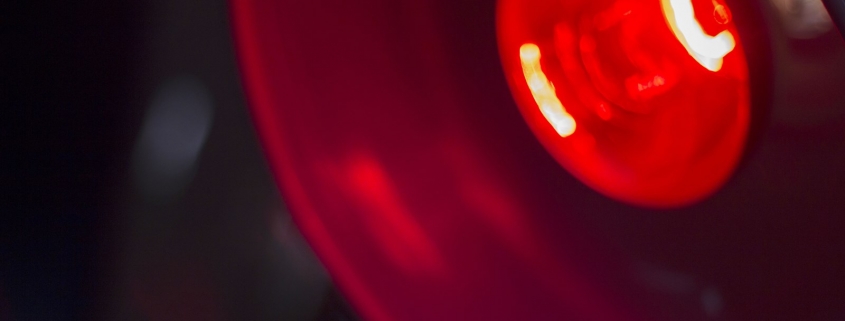Newly formulated 5% 5-aminolevulinic acid photodynamic therapy on Candida albicans
Giuseppe Greco, Simone Di Piazza, Jiemei Chan, Mirca Zotti, Reem Hanna, Ezio Gheno, Angelina O. Zeckiy, Claudio Pasquale, Nicola De Angelis, Andrea Amaroli.
Highlights
- • Candida infections are responsible for an over of one million human deaths per year.
- • An increase in C. albicans resistance to common antifungal medications was described.
- • There is a need in seeking for alternative, effective and safe therapies.
- • Photodynamic therapy is a promising alternative approach, in treating oral biofilms.
- • Newly formulated 5% 5-aminolevulinic acid phototherapy inhibits Candida albicans.
Abstract
Background
A large number of systemic diseases can be linked to oral candida pathogenicity. The global trend of invasive candidiasis has increased progressively and is often accentuated by increasing Candida albicans resistance to the most common antifungal medications. Photodynamic therapy (PDT) is a promising therapeutic approach for oral microbial infections. A new formulation of 5-aminolevulinic acid (5%ALA) in a thermosetting gel (t) (5%ALA-PTt) was patented and recently has become available on the market. However, its antimicrobial properties, whether mediated or not by PDT, are not yet known. In this work we characterised them.
Methods
We isolated a strain of C. albicans from plaques on the oral mucus membrane of an infected patient. Colonies of this strain were exposed for 1 24 h, to 5%ALA-PTt, 5%ALA-PTt buffered to pH 6.5 (the pH of the oral mucosa) (5%ALA-PTtb) or not exposed (control). The 1 h-exposed samples were also irradiated at a wavelength of 630 nm with 0.14 watts (W) and 0.37 W/cm2 for 7 min at a distance of <1 mm.
Results and conclusion
The 5% ALA-PTt preparation was shown to be effective in reducing the growth of biofilm and inoculum of C. albicans. This effect seems to be linked to the intrinsic characteristics of 5%ALA-TPt, such acidic pH and the induction of free radical production. This outcome was significantly enhanced by the effect of PDT at relatively short incubation and irradiation times, which resulted in growth inhibition of both treated biofilm and inoculum by ∼80% and ∼95%, respectively.




